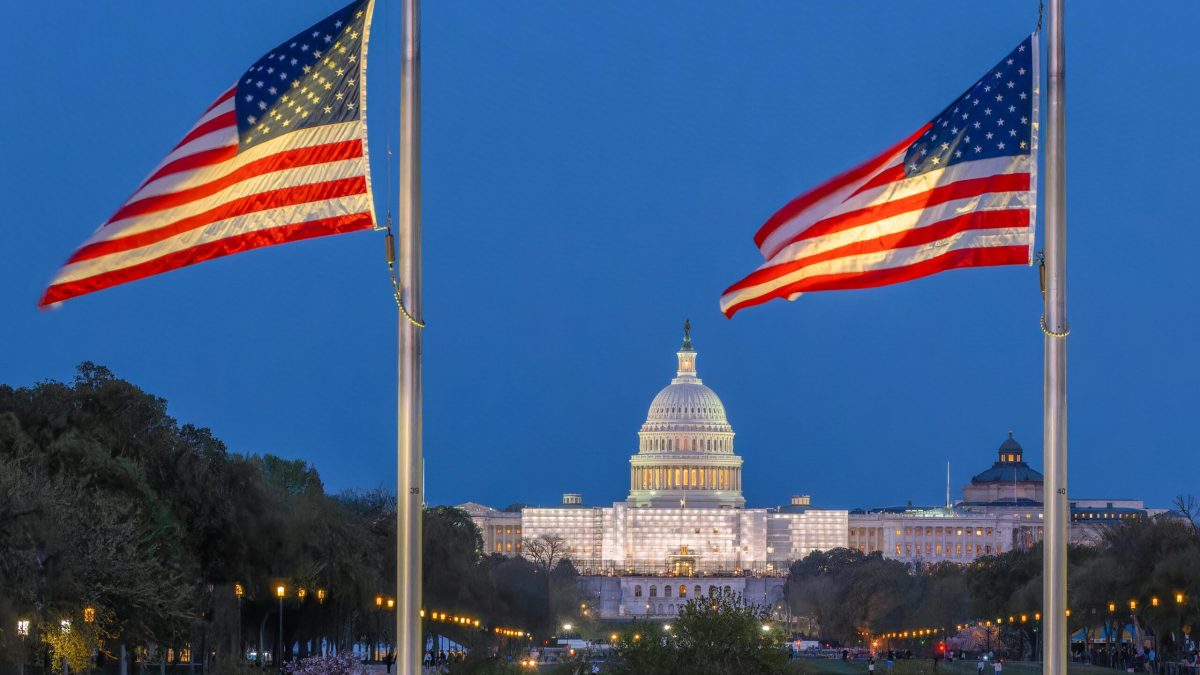With the race heating up between Democratic Vice President Kamala Harris and Republican former President Donald Trump, the stakes are high, not only for the country but also for global markets.
Historical data and expert analyses suggest that while elections can create short-term volatility, the long-term effects on markets are often more nuanced, influenced by broader economic trends rather than the political outcome alone.
What trends and insights can be identified by looking at previous election years? What should investors be bullish or bearish on?
How does the S&P 500 perform during election years?
The S&P 500 Index, a benchmark for US equities, has generally performed well during election years.
Between 1928 and 2016, the S&P 500 provided positive returns in 83% of election years, with an average return of 11.28%.
This suggests that despite the uncertainty elections bring, the market tends to lean towards optimism or at least resilience.
However, the performance of the S&P 500 can vary significantly depending on which party wins the presidency.
Historically, the index has seen higher average returns of 15.3% when a Republican candidate was elected, compared to a 7.6% return under a Democratic president.
This disparity might be influenced by the market’s anticipation of the Republican Party’s traditionally pro-business policies, such as tax cuts and deregulation, which are seen as favorable to corporate earnings and stock market growth.
The data also highlights interesting trends during transitions between parties.
When a Democrat is in office and another Democrat wins, the average market return has been around 11.0%.
In contrast, when the office transitions from a Democrat to a Republican, the S&P 500 has averaged a return of 12.9%.
This could be reflective of the market’s preference for a shift towards more conservative, business-friendly policies after a period of Democratic leadership.
What about the world’s reserve currency?
The value of the dollar often fluctuates based on how both domestic and international markets perceive the economic policies of the presidential candidates.
A candidate perceived as fiscally conservative, who advocates for reduced government spending and lower inflation, might strengthen the dollar.
Conversely, a candidate with expansive fiscal policies could lead to a weaker dollar due to concerns over increased debt.
Over the past 20 years, the US Dollar Index (DXY) has generally performed better under Democratic presidents and faced negative returns under Republican leadership.
However, it is important not to oversimplify this trend, as the dollar’s performance is influenced by various factors beyond presidential policies, including global economic conditions and trade relations.
Gold as a ‘safe-haven’ for everything?
Gold, often regarded as a safe-haven asset, typically sees increased demand during periods of uncertainty, including election years.
Investors flock to gold as a hedge against potential market volatility and economic instability that elections might bring.
Historical data indicates that gold prices tend to rise in the months leading up to an election, especially if the outcome is uncertain or contentious.
However, in the long term, the performance of gold is influenced more by broader economic factors such as inflation, currency strength, and global economic conditions, rather than the party affiliation of the US president.
For instance, during President Obama’s first term, gold prices nearly doubled, reflecting the lingering fears from the 2008 financial crisis, rather than any specific policy action.
US election’s short-term shockwaves
As the election date nears, the market often experiences heightened volatility.
Investors become cautious, leading to a “wait-and-see” approach where significant investment decisions are delayed until the election outcome is clear.
This uncertainty is driven by concerns over potential changes in economic policy, trade relations, and geopolitical stability.
For instance, sectors like healthcare, energy, technology, and finance are particularly sensitive to election results due to their reliance on legislative changes.
The 2016 election is a prime example, where markets reacted strongly to the anticipated tax cuts and regulatory reforms under the Trump administration, leading to a surge in stock prices post-election.
Going beyond the political noise
While elections generate considerable interest, both in the media and among investors, their long-term impact on financial markets tends to be limited.
A recent research from Octa found no definitive correlation between the party in power and economic performance.
Although some studies suggest that the economy has historically grown faster under Democratic presidents, attributing economic success or failure solely to the president’s party affiliation oversimplifies the complexities of global economic conditions.
What seems to have a more consistent impact on market performance are broader economic indicators, such as inflation trends and global economic conditions.
Rising economic growth and falling inflation are typically associated with above-average market returns, regardless of which party is in power.
Furthermore, specific sectors react differently to changes in political leadership.
For example, the energy sector, particularly companies involved in renewable energy and fossil fuels, could see varying impacts depending on the election outcome.
Under a Trump administration, there may be a stronger push for traditional energy development, while a Harris administration would likely continue promoting renewable energy initiatives, albeit at a potentially slower pace than under Biden.
What strategy should investors adopt during election years?
As history shows, while elections can introduce a degree of volatility and uncertainty into the markets, their long-term impact is often minimal compared to broader economic factors.
Investors should avoid making hasty decisions based solely on election outcomes and instead focus on maintaining a diversified portfolio that can weather short-term fluctuations.
Perhaps the most important lesson for investors is to focus on fundamentals and maintain a long-term perspective.
While election-related headlines may cause short-term market ripples, the underlying drivers of stock and bond performance tend to be corporate earnings, interest rates, and macroeconomic factors.
Trying to time the market based on election outcomes is a risky approach that could easily backfire.
The post What should investors expect from the market as US elections approach? appeared first on Invezz

